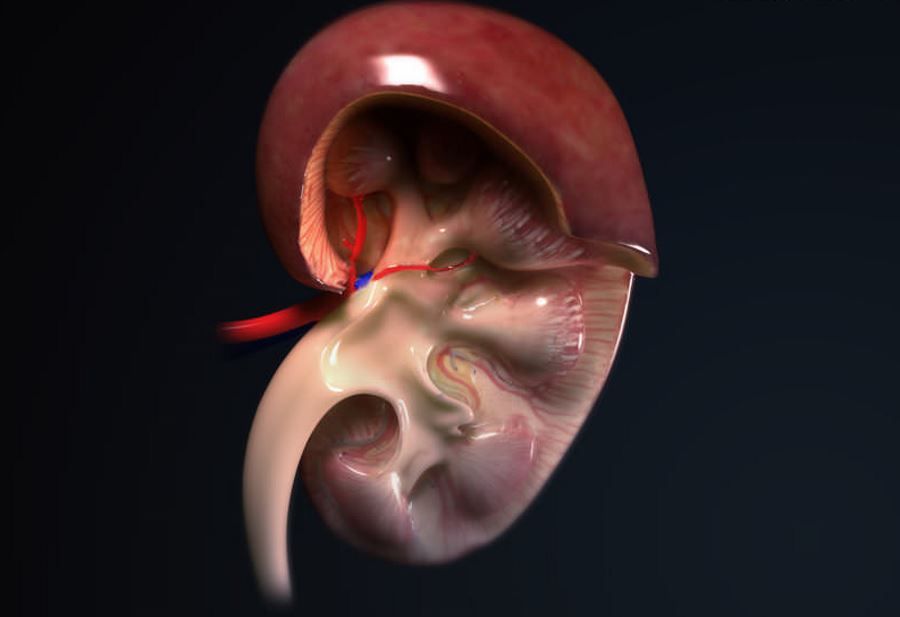The first chemical bit was created at the IPC PAS
Polish scientists have created “chit,” or the first chemical bit, the Institute of Physical Chemistry of the Polish Academy of Sciences announced on Thursday. Thus, they proved that not only physics, but also chemistry is suitable for storing information.
Computer, smartphone, digital camera – None of these devices could operate without the systemoin memory. In typical electronic memories, zeros and ones are written, stored and read by means of physical phenomena such as the flow of current or a change in the electrical or magnetic properties of the medium.
A working memory of a different type, built on the basis of chemical phenomena, was created by dr. Eng. Konrad Gizynski and prof. Jerzy Goreccy from the Institute of Physical Chemistry of the Polish Academy of Sciences in Warsaw. The role of the chemical carrier of information is played in it by a simple arrangement of three contacting droplets, in ktorych oscillatory reactions take place.
The chemical foundation of the memory constructed by researchers from the IPC PAS is the Belousov-Zhabotinsky reactions occurring in solutions. Their course is oscillatory: when one cycle ends, the reactants necessary to start the next cycle are reconstituted in solution. Before the reaction stops, the oscillations can recurosion from tens to hundreds of times. They are accompanied by regular changes in the color of the solution, for whichore responsible for ferroin, the catalyst of the reaction.
The second catalyst used by Warsaw scientistsow was ruthenium. It causes the reaction to become photosensitive, that is, when the solution is intensely illuminated with blue light, it stops oscillating – This allows to control the course of reactions.
– Our idea for chemical information storage was simple – explains prof. Gorecki. The researchers decided to look for the smallest possible system ofoin the droplet, in whichoThe excitations could occur in several waysow, with at least two being permanent. – We could then assign a logical value of 0 to one excitation sequence and 1 to the other, and use light to switch the circuit between the two, thus forcing a specific change in the state of the memory, he adds.
Experiments showed that the three-droplet system, repeatedly circulated by chemical fronts, was capable of permanently storing one of the dwoch stateoin logical.
– In fact, our chemical bit has slightly more capabilities than the classical bit,” states Dr. Gizynski. – Rotational mods, ktowhich we used to store the state ofoIn 0 and 1, they would have the mostotighter oscillation times, rowne 18.7 s and 19.5 s, respectively. Thus, if the system oscillated any slower, one could mowić about an additional, third logical state – mowi. At the same time, the scientist notes that the third state of the mohead could be used not for storing information, but, for example, for verifying the correctness of recording.
The research conducted at the IPC PAS on a memory made of oscillating droplets served only to demonstrate that permanent storage of information by means of chemical reactions is possible. In the newly created memory, reactions are only responsible for maintaining information, while writing and reading it still require physical methods.
The researchers stipulate that before a fully chemical memory is constructed, whichora could become part of a future chemical computer, it will most likely be many years yet to come.


